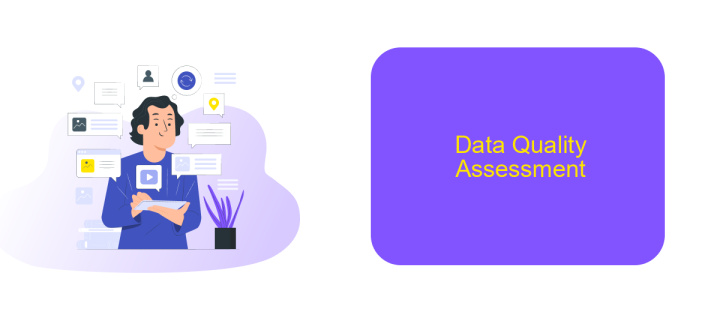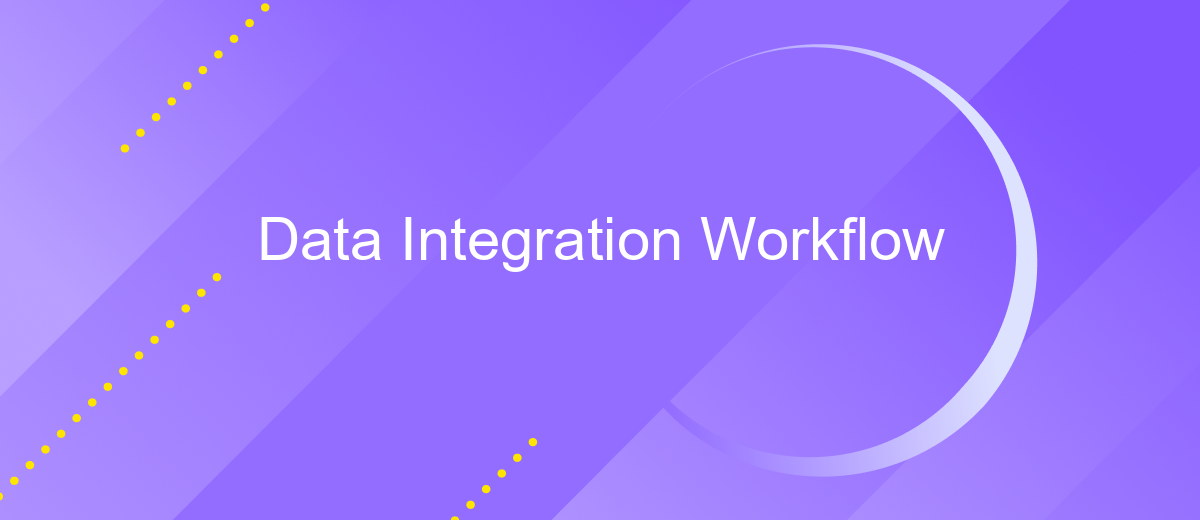Data Integration Workflow
Data integration workflow is a critical process in modern data management, enabling seamless consolidation of data from diverse sources into a unified repository. This workflow ensures that data is accurately combined, cleaned, and transformed to support comprehensive analysis and informed decision-making. By streamlining data integration, organizations can enhance operational efficiency, improve data quality, and drive strategic insights across various domains.
Data Source Identification
Identifying data sources is a crucial first step in any data integration workflow. It involves determining the origins of the data that will be integrated. This process ensures that all relevant data is accounted for and can be accurately merged to provide comprehensive insights.
- Internal databases: These include company-specific databases such as CRM systems, ERP systems, and other proprietary data repositories.
- External data sources: These can be web services, APIs, and third-party databases that provide additional data points.
- Flat files: CSV, Excel, and other file formats that store structured data.
- Cloud storage: Data stored in cloud platforms like AWS, Google Cloud, and Azure.
Using a service like ApiX-Drive can significantly streamline the data source identification process. ApiX-Drive allows for seamless integration with multiple data sources, automating the data retrieval process. This not only saves time but also ensures that data is consistently updated and accurate, providing a solid foundation for further data integration efforts.
Data Transformation

Data transformation is a critical phase in the data integration workflow, involving the conversion of data from its source format into a format suitable for analysis or further processing. This step ensures that data from disparate sources, such as databases, APIs, or flat files, is harmonized and made consistent, enabling meaningful insights and decision-making. Common transformation tasks include data cleansing, normalization, aggregation, and enrichment, which help to improve data quality and usability.
Effective data transformation often requires robust tools and platforms that can handle complex transformations with ease. ApiX-Drive is one such service that simplifies the process by providing a user-friendly interface and pre-built connectors to various data sources. With ApiX-Drive, users can automate data transformations, ensuring that data is always up-to-date and accurately formatted. This service not only saves time but also reduces the risk of errors associated with manual data handling, making it an invaluable asset in the data integration workflow.
Data Integration

Data integration is a critical process in modern data management, enabling organizations to combine data from multiple sources into a unified view. This process ensures that data is accessible, reliable, and ready for analysis, thereby driving informed decision-making. Effective data integration minimizes inconsistencies and redundancy, ultimately enhancing data quality and operational efficiency.
- Identify data sources: Determine the databases, applications, and other data repositories to be integrated.
- Data extraction: Retrieve data from identified sources using appropriate methods and tools.
- Data transformation: Convert data into a consistent format and structure, ensuring compatibility across sources.
- Data loading: Load transformed data into a target system, such as a data warehouse or data lake.
- Data validation: Verify data accuracy and completeness to ensure it meets predefined quality standards.
Tools like ApiX-Drive simplify the integration process by providing a user-friendly interface and pre-built connectors for various applications and databases. This service allows users to automate data flows without extensive coding, thereby reducing the time and effort required for integration. By leveraging such tools, organizations can streamline their data integration workflows and focus more on deriving actionable insights from their data.
Data Quality Assessment

Ensuring data quality is a critical step in any data integration workflow. High-quality data is essential for making informed business decisions and maintaining the integrity of integrated systems. To achieve this, a comprehensive data quality assessment must be conducted.
The data quality assessment process involves evaluating data for accuracy, completeness, consistency, and timeliness. This ensures that the data being integrated is reliable and fit for purpose. Tools like ApiX-Drive can assist in automating data quality checks, making the integration process more efficient.
- Accuracy: Verify that the data is correct and free from errors.
- Completeness: Ensure all required data fields are populated.
- Consistency: Check that data is uniform across different sources.
- Timeliness: Confirm that data is up-to-date and relevant.
By incorporating these data quality dimensions into your workflow, you can significantly reduce the risk of integrating poor-quality data. Utilizing services like ApiX-Drive can further streamline this process, providing automated solutions for continuous data quality monitoring and enhancement.
Data Warehousing and Analysis
Data warehousing is a critical component of data integration workflows, providing a centralized repository for storing and managing large volumes of data from various sources. This centralized approach facilitates efficient data retrieval, transformation, and analysis, enabling organizations to make informed decisions based on comprehensive datasets. By consolidating data into a single warehouse, businesses can streamline their reporting processes and ensure data consistency across different departments.
For effective data analysis, it's essential to integrate data from multiple sources seamlessly. Tools like ApiX-Drive can significantly simplify this process by offering automated data integration solutions. ApiX-Drive allows users to connect various data sources without extensive coding, ensuring that data is continuously updated and synchronized in real-time. This automation not only saves time but also reduces the risk of errors, enhancing the overall reliability of the data warehouse. By leveraging such tools, organizations can focus more on analyzing data rather than managing complex integration workflows.
FAQ
What is Data Integration Workflow?
Why is Data Integration important for businesses?
How can I automate Data Integration processes?
What are the common challenges faced in Data Integration?
How do I ensure data quality in a Data Integration Workflow?
Time is the most valuable resource in today's business realities. By eliminating the routine from work processes, you will get more opportunities to implement the most daring plans and ideas. Choose – you can continue to waste time, money and nerves on inefficient solutions, or you can use ApiX-Drive, automating work processes and achieving results with minimal investment of money, effort and human resources.

